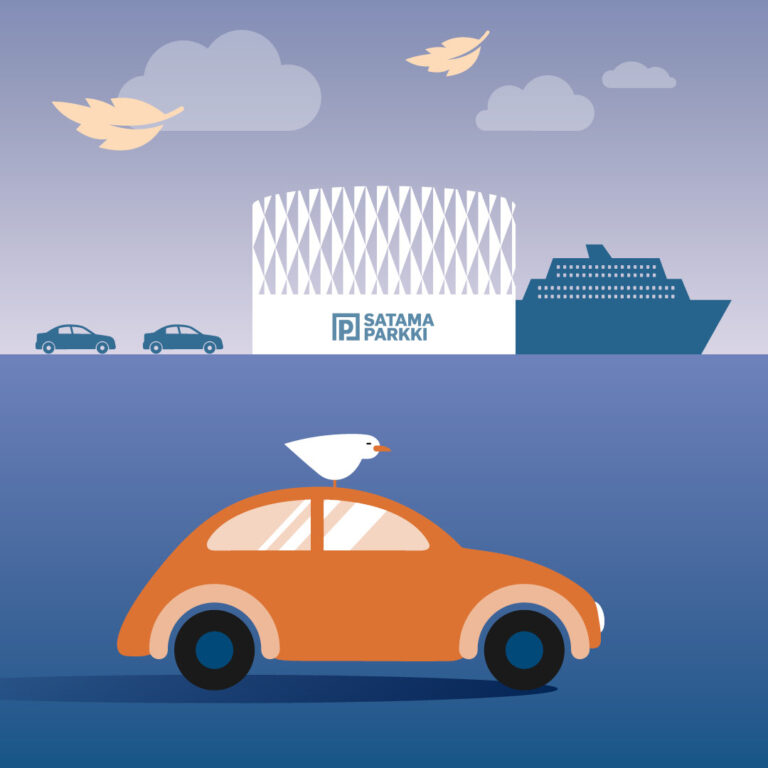
Making New
The Port of Helsinki is about to take one of the largest leaps of development in its history when Tallinn traffic will be centralised to the West Harbour and Stockholm traffic to Katajanokka. Implementing the development programme will take about ten years.

The Port of Helsinki follows the principle of continuous development, and a number of smaller and larger projects are always underway. The Port has undertaken two major projects this millennium: Vuosaari Harbour and its infrastructure completed in 2008 and the West Terminal 2 project, which included the construction of the new West Terminal 2 as well as the area’s traffic arrangements.
The third major project is the centralisation of port operations in accordance with the development plan’s centralisation scenario, based on a decision-in-principle by the City Council in February 2021 and the decision on implementation by the City Board in January 2022.
Centralising the Tallinn passenger and vehicle traffic to the West Harbour and Stockholm traffic to Katajanokka allows for profitable growth for the port and its customers. This will also open up space in the South Harbour for the City’s own development projects.
Vuosaari Harbour is to be developed for cargo traffic, in particular, by streamlining the area’s use and increasing the harbour capacity, for example.
Port brings vitality
The sea connects societies, and the Port of Helsinki is the gateway to Finland and abroad. Helsinki as the population hub of Finland, is a centre of service business operations and administration, and a significant proportion of our country’s cargo and passenger traffic passes through the Port of Helsinki.
A busy port that works together with the City of Helsinki is vital to Finland and its location in the heart of the city is an important attraction factor in the competition between the metropolises of the Baltic Sea region.
The development programme will help Helsinki to maintain its position as the busiest passenger harbour in Europe and as the main port for Finnish import and export operations.
Busy and frequent ship connections are an important part of a functional and lively capital city. They benefit us all.
Competitive port operations
It is estimated that port traffic will continue to grow both in passenger and cargo traffic sectors. In a year 2019, i.e. before the corona pandemic, there were 11.6 million passengers and 12.2 million tons of cargo traffic from the Port of Helsinki.
The port development programme facilitates profitable growth of port operations. It is also a way to meet customer needs. The terminal investments, building modern port infrastructure and creating more functional traffic arrangements will improve the passenger experience, the services and the shipping companies’ operational environment.
Towards a more lively city
The port renewals will improve the vitality and comfort of Helsinki. The construction of a harbour tunnel from Jätkäsaari to Länsiväylä will reduce vehicle traffic in the City centre, increase the level of comfort in urban areas and facilitate the development programme’s implementation.
The passengers will add to the vitality of urban life, bring more customers for companies and create more jobs for people. Similarly, well-functioning cargo traffic ensures smooth daily life for people and good availability of consumer products. The cost-effective and disturbance-free flow of Finnish export and business transports abroad secures the success of our small nation.


